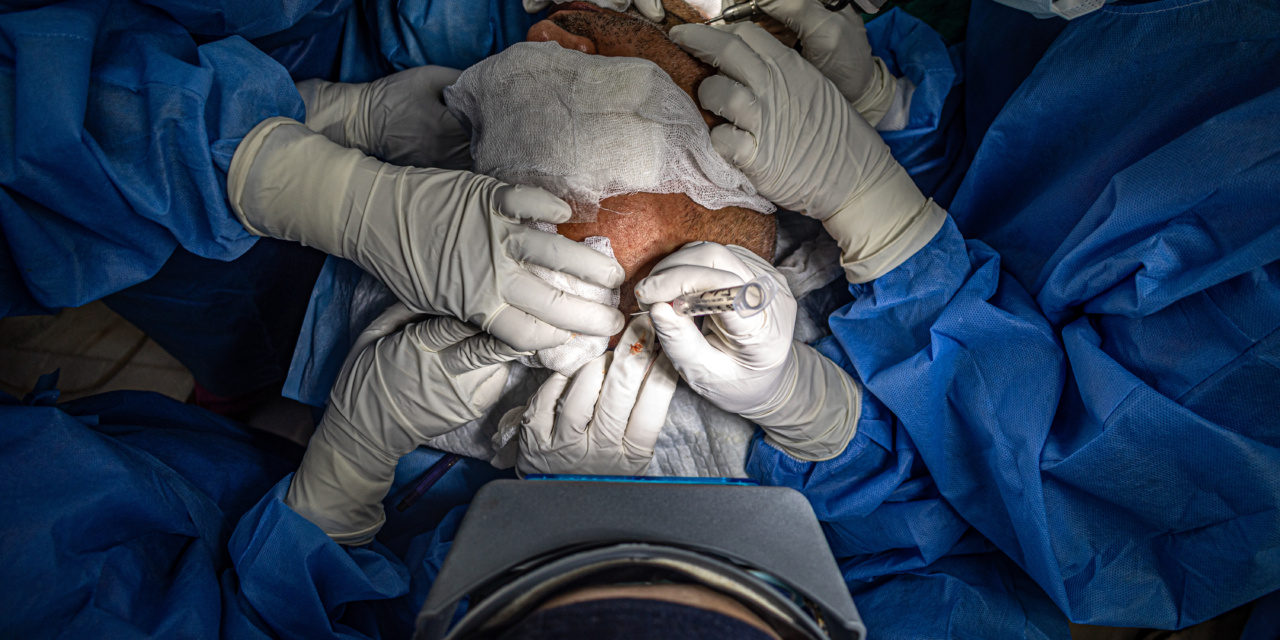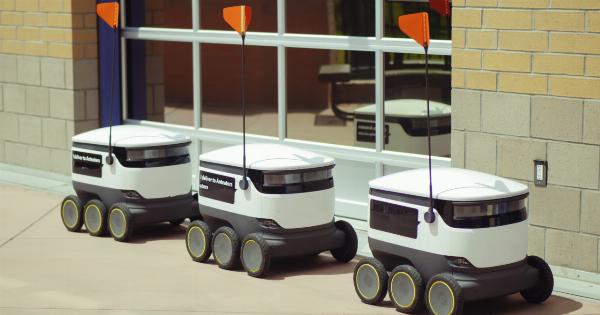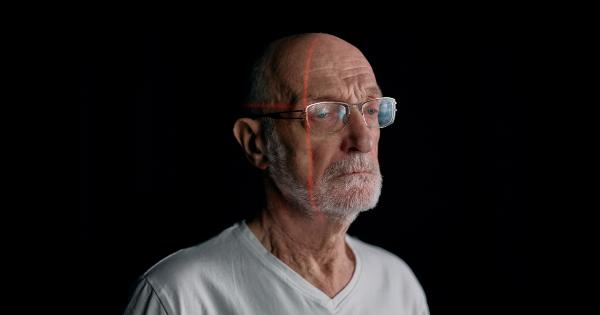Robotic surgery has revolutionized the field of medicine by allowing surgeons to perform complex procedures with enhanced precision and control.
The use of diodes in robotic surgery further enhances this precision, especially when it comes to accessing hard-to-reach areas of the body. In this article, we will explore how diodes are utilized in robotic surgery and the benefits they offer in terms of enhancing precision and improving patient outcomes.
1. Introduction to Robotic Surgery
Robotic surgery, also known as robot-assisted surgery, is a minimally invasive surgical technique that utilizes robotic systems to assist surgeons during procedures.
Instead of directly performing the surgery, the surgeon controls the robot’s movements from a console, using joysticks and pedals. The robotic system translates the surgeon’s movements into precise actions, allowing for improved dexterity and control.
2. The Advantages of Robotic Surgery
Robotic surgery offers several advantages over traditional open surgery and laparoscopic procedures. These advantages include smaller incisions, reduced blood loss, shorter hospital stays, and faster recovery times.
The robotic system provides a 3D high-definition view of the surgical site, allowing surgeons to see fine details with enhanced clarity.
3. Challenges of Accessing Hard-to-Reach Areas
While robotic surgery has proven to be highly effective in many procedures, accessing certain hard-to-reach areas of the body can pose challenges. These areas may have restricted access points or limited space for maneuvering surgical instruments.
This is where diodes come into play, offering solutions to these challenges and enabling surgeons to perform procedures with greater precision.
4. Understanding Diodes
In the context of robotic surgery, diodes are tiny semiconductor devices that emit light when an electric current passes through them. They are commonly used as light sources in optical systems.
Diodes used in surgical robots are typically made of gallium nitride, a material that allows for the efficient generation of blue and green light.
5. Improved Visualization with Diode-Pumped Lasers
One of the key ways diodes enhance precision in robotic surgery is through improved visualization using diode-pumped lasers.
In procedures that require laser technology, such as cutting or coagulation, diode-pumped lasers offer superior precision and control. These lasers emit high-intensity light beams that can precisely target specific tissues while minimizing damage to surrounding healthy tissues.
6. Smaller and More Maneuverable Surgical Instruments
Diodes also enable the development of smaller and more maneuverable surgical instruments. With their compact size and low power consumption, diodes can be integrated into miniature surgical tools.
This allows for easier access to hard-to-reach areas of the body, as these smaller instruments can navigate narrow pathways and spaces that would otherwise be challenging for larger conventional instruments.
7. Enhanced Surgical Navigation with Diode-Enabled Imaging
Diodes play a crucial role in enabling advanced imaging techniques, such as fluorescence imaging and near-infrared imaging.
By incorporating diodes into surgical cameras and imaging systems, surgeons can obtain real-time visual feedback during procedures. This enhanced imaging capability helps them navigate complex anatomical structures more accurately and avoid potential complications.
8. Improved Robotic Arm Precision
The precise control of robotic arms is essential in robotic surgery. Diodes contribute to this precision by providing feedback signals that ensure accurate positioning and movement of the robotic arms.
By integrating diodes into the robotic system, surgeons can achieve more precise control over the instruments, minimizing the risk of unintended movements and improving overall surgical accuracy.
9. Reduced Thermal Damage with Diode Laser Systems
Diode laser systems used in robotic surgery produce less heat compared to other laser systems. This is particularly advantageous when operating in delicate or sensitive areas of the body, as it reduces the risk of thermal damage to surrounding tissues.
The use of diode laser systems helps maintain tissue integrity and improves patient safety during procedures in hard-to-reach areas.
10. Potential Limitations and Future Directions
Although diodes offer significant benefits in enhancing precision and enabling access to hard-to-reach areas, they are not without limitations.
For instance, diodes have a limited range of color emission, which may restrict their applications in certain surgical procedures. However, ongoing research and development are focused on expanding the capabilities of diodes in robotic surgery, including the exploration of new materials and technologies.
In conclusion, the use of diodes in robotic surgery has proven to be a valuable asset in enhancing precision when accessing hard-to-reach areas of the body.
From improved visualization to smaller surgical instruments and enhanced surgical navigation, diodes offer numerous advantages in terms of minimizing risks and improving patient outcomes. As technology continues to advance, the role of diodes in robotic surgery is likely to expand further, opening up new possibilities for precise and successful surgeries.




























